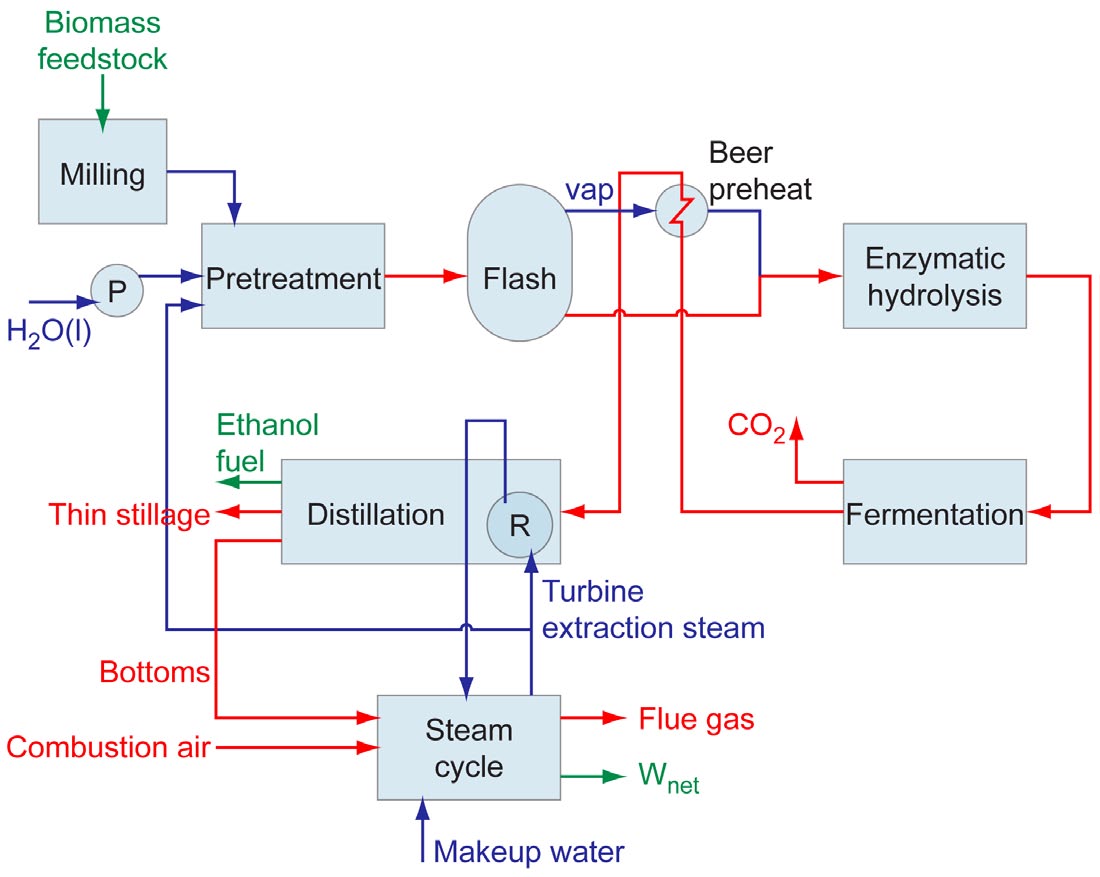Post, August 14, 2012 • Sandia researchers conducted a parametric analysis to examine the supply demand interactions between the US light-duty vehicle (LDV) fleet, its fuels, and the corresponding primary energy sources through 2050. The analysis emphasizes competition between conventional internal combustion engine (ICE) vehicles, including hybrids, and electric vehicles (EVs), represented by both plug-in...

